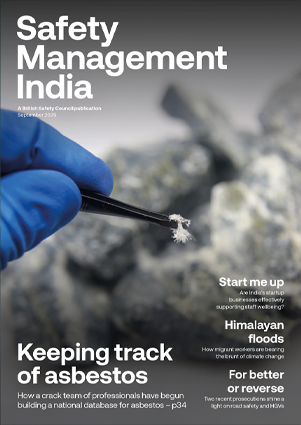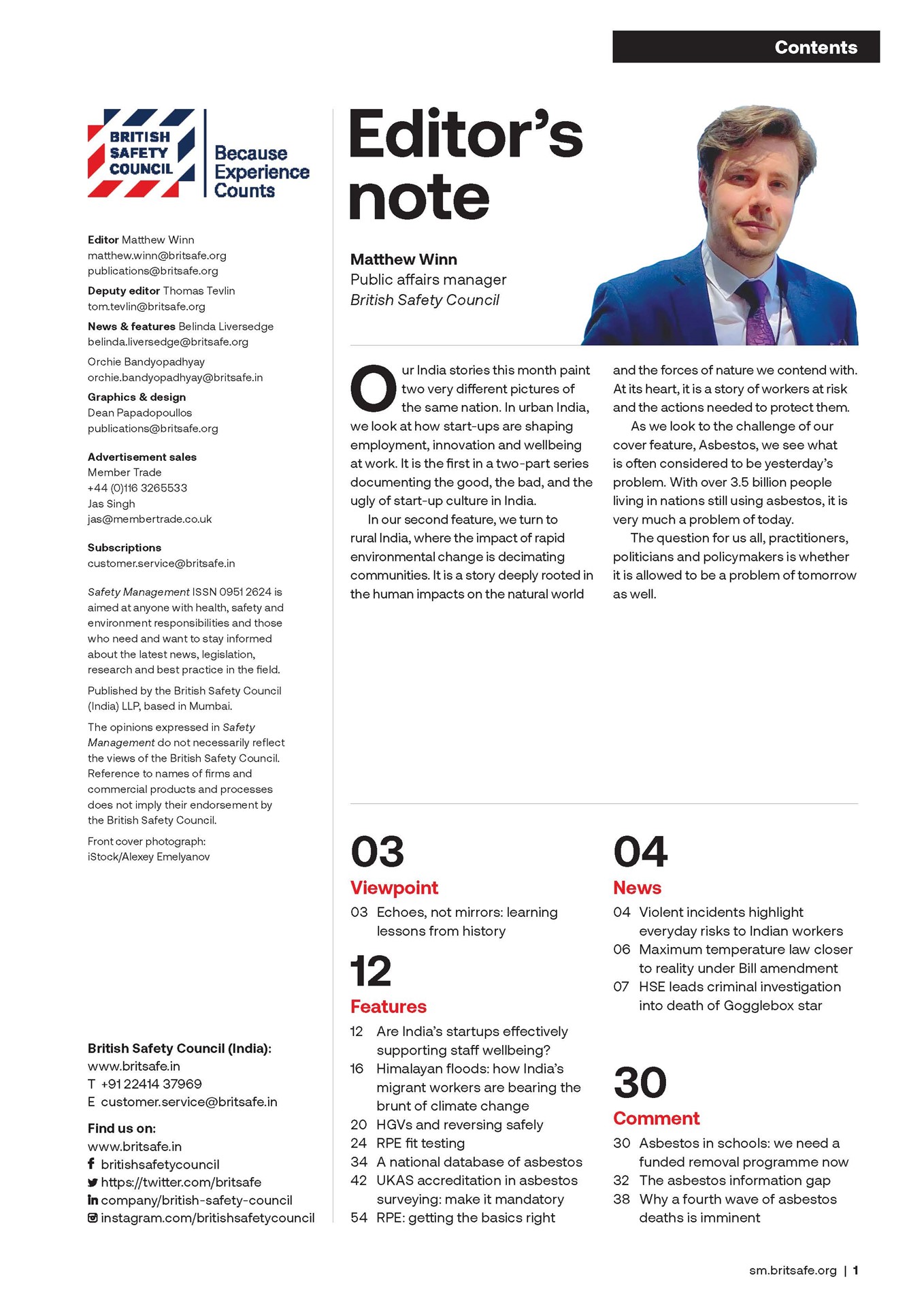Sugar production is a multi-billion dollar industry in India, but the workers who toil harvesting sugarcane in the country’s fields face poor working conditions, exploitation, illness and accidents.
Features
India’s sugarcane industry: a tale of exploitation
A quarter of a century ago, many politicians attempted to make sense of India’s sugar industry. The so-called ‘license raj’ was pulled apart in bits and pieces at that time and people thought the sugar industry would be among the beneficiaries.
But that was not to be. At least for the workers.
As a young man, Suraj Mandal, barely 19, wanted to join India’s booming IT sector, but that was a far-fetched dream for him. Instead, he became a labourer, travelling hundreds of miles from his home in West Bengal to toil in the sugarcane fields of Karnataka.
 Photograph iStock credit Satish Parashar
Photograph iStock credit Satish Parashar
He is among the millions who leave home when the sugar harvesting season arrives each year. Heatwaves, drought and floods brought by global warming make the working conditions increasingly harsh. And when the amount of sugarcane the workers can harvest is low – either due to weather factors like heatwaves or because workers struggle to hit the harvesting targets set by the labour contractors who hire them – many labourers get trapped in debt bondage.
“Due to global warming, there is just no work for us here [in our village in West Bengal]…there is no option for us but to leave and it is not just the story of our village in Midnapur. There are many like ours,” says Mandal.
Global warming – such as prolonged heatwaves – is making the already harsh conditions for sugarcane workers worse, he says, adding that every year, he hopes his fortunes will change.
Migrant workers travel to other states to harvest sugarcane
Thousands of impoverished migrant labourers from villages in West Bengal travel to the states of Karnataka, Andhra Pradesh, western Maharashtra and others for seasonal work in the sugarcane fields. There are no jobs for them in their home states and many of them hold government-issued Below Poverty Line (BPL) cards.
The migrant labourers have to work in sweltering heat, with temperatures sometimes hitting 46C in Maharashtra in the months of April and May.
Labourers like Mandal prepare the sugarcane fields, sow seeds, irrigate the crops, cut them with sickles and load the cane onto tractors, before transporting the produce to the sugar mills in the region. The working day is between 13 and 16 hours, over a four to five month season.
This has a severe toll on the physical and mental health of the labourers, leading to extreme fatigue, anaemia and joint problems, as well as depression and anxiety, according to a report by Oxfam India, published in February 2020.
People living in villages like Mandal’s in West Bengal face severe seasonal unemployment due to the dry season, where low rainfall leads to frequent crop failure and low returns from agricultural cultivation. This removes job opportunities and sharply reduces the available agricultural wages. Mandal, who left school at 17, says nobody wants to stay behind and work in the fields because they are paid close to nothing.
Children miss school to join the labourers
Once the workers migrate to the sugarcane fields in other states, their villages are left deserted. Several hundred thousand young children aged under 14 move with their parents to the sugar fields during the harvesting season and live with them in temporary huts, missing school.
Although parents recognise that their children’s education will suffer as a result of the move, they feel they have no option but to take them, as there is often no-one left in their home village to look after and feed them.
Also, parents fear their daughters may be subjected to physical and sexual abuse if they are left behind. As a result, many children drop out of school altogether at a young age and join their parents in the sugarcane fields.
According to a report by Oxfam, children are brought in from states like Bihar, Chhattisgarh and Madhya Pradesh to work in the sugar fields, often with an advance or loan – acting effectively as a ‘bond’ – paid to their families in return for ensuring they stay and work harvesting the cane. There are also reports of some farmers specifically recruiting children, due to their pliability and scope for exploitation.
In its report, Oxfam states that in Maharashtra around 1.5 million people migrate each year with their children.
Workers say that if they cut the sugarcane during the day, they have to stay until late at night to load it in the trucks and there’s no routine of any sort. “We have no time to get tired,” says Mandal.
Workers are also regularly injured by a misplaced machete, heavy load, vehicle accident and snake bites. Many suffer permanent disability, amputation or even death.
Mandal’s brother suffered spinal injuries last year when the tyre of a tractor trolley drove over him while he was taking a nap in a sugarcane field in Maharashtra. He is recovering from multiple fractures, including one to his spine, and has been left bedridden and unable to work. He is confined at home and has a bag attached to his balder system to allow him to pass urine.
Following the accident, Mandal’s brother was supposed to receive compensation from the sugar mill to help pay for hospital treatment, but he never received it. It was siphoned off by the labour contractor, the middleman between labourers, farmers and sugar mills, who hires and pays the labourers using money promised from mill owners.
Concerns about the industry’s working practices
According to Pooja Adhikari, business global coordinator for Global Value Chains at Oxfam Germany, who has carried out detailed research into India’s sugar industry, there are many deep-rooted concerns about the way the sector functions, regarding human rights violations, migrant labour, the living conditions of labourers, child labour, child marriages and women’s rights.
Workers say the sugar mills only provide the most basic equipment to allow them to create makeshift living huts to protect them from the rain, extreme heat or cold. They generally have no access to proper toilets, are forced to wash themselves outside without proper bathing facilities, struggle to access clean water and have no choice but to cook outside using rudimentary facilities. They are also say their earnings are poor.
Activists say that a huge workforce of migrant labourers is critical to sugarcane harvesting because the work is very labour-intensive at every step, whether it is sowing or harvesting. Machines are never used because they are expensive.
Across many districts of Uttar Pradesh (UP), Maharashtra, Tamil Nadu, Karnataka, and a few other states, the sugar industry is the main source of employment, because the entire chain of sugar harvesting and production is very labour-intensive – from cane-growing to sugar and liquor production.
Among the farmers in Uttar Pradesh, a majority of those dependent on sugarcane farming are small and marginal farmers.
A recent Oxfam study revealed that for these farmers the cultivation of the sugar crop is their primary source of income, and that 67 per cent of marginal and 95 per cent of small farmers rely on its production and sale to maintain their livelihoods.
Oxfam adds that at the point of sale to the sugar mills, 90 per cent of the farmers interviewed said that had faced unfair weighing at the mill gates and collection centres, and 70 per cent said that even after the transaction, it was nearly a year until they received payment from the mill.
The Oxfam report also shows that while male sugarcane workers received the minimum wage or an amount that is marginally better than the minimum wage, women workers doing the same work are consistently paid below the minimum wage.
Oxfam says that dealing with the economic and social injustices of the sugar production process in India will require the combined efforts of farmers, labour, the government and the private sector, the latter of whom purchase the sugar in bulk for use in their products. “Until such a holistic approach is adopted, women, labourers and farmers, all run the risk of being caught in mire of a flawed and unjust production process,” the report adds.



